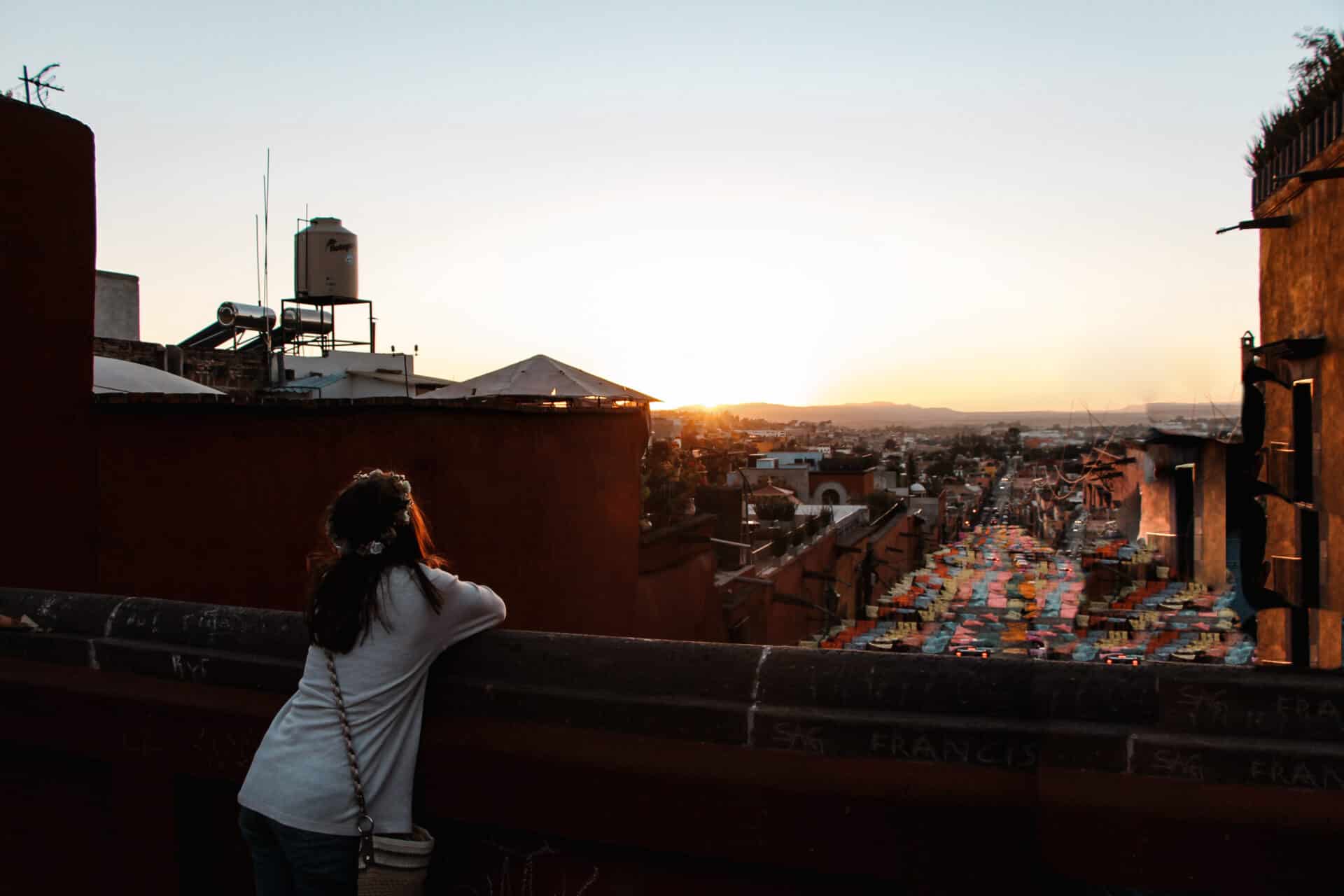From bright shades of orange and pink papel picado to faces painted like skeletons, people all over the world have very different perceptions of Latin America’s Day of the Dead, or Dia de los Muertos in Spanish.
While many people know of Day of the Dead, not nearly as many people around the world know much about Day of the Dead. The 2017 Disney movie Coco helped to really put Day of the Dead celebrations in people’s households all around the world, but there is only so much information and background that a movie can provide.
This post is going to answer the question “what is Day of the Dead?” by looking at its history, its meaning, where it is celebrated, and more.
We had the privilege of celebrating Day of the Dead in San Miguel de Allende. We captured the unforgettable memories in this vlog.
What Is Day of the Dead?
Day of the Dead, or El Día de los Muertos in Spanish, is a Mexican tradition that can be traced back over 3,000 years. In its entirety, Day of the Dead is an annual celebration held to remember loved ones that have passed away, both in the course of the previous year and throughout all generations.
Culturally, people believe that the souls of their departed loved ones come down from the afterlife for 24 hours to celebrate. This belief stems from a mixture of Catholic traditions as well as traditions of indigenous people. The majority of Mexico’s population is devoutly Catholic, and this holiday is a unique blend of new religious traditions with old cultural ones.
Families use this time to gather together, build memorial altars (ofrendas) and share memories of their dearly departed in a festival that spans over a couple of days of November. Despite all of the skeletons and cemeteries, Día de los Muertos celebrations are less so about death, and more so a celebration of life as it transcends generations.
Day of The Dead is not Mexican Halloween.

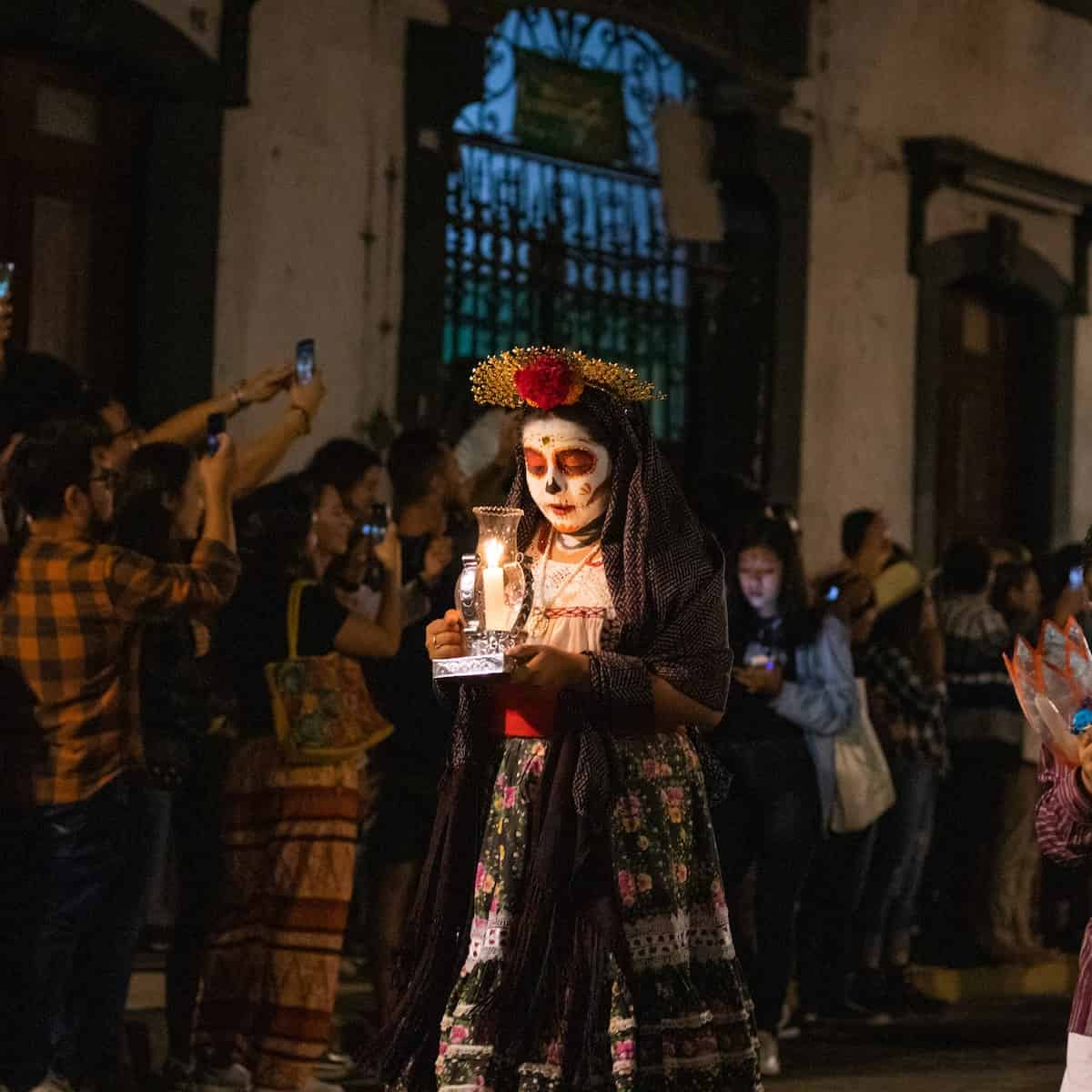
Is Day of the Dead the Same as Halloween?
While the timelines overlap and there are some similar practices, Day of the Dead is not Mexican Halloween. Day of the Dead and Halloween are similar in some ways, but entirely unrelated in their origins. Day of the Dead comes from Mexico, while Halloween originates from Europe. Both celebrations have ties to the Catholic Church, but their roots and traditions developed entirely separately.
Mexicans gather together and have fun eating sweets and traditional foods, but they do not go trick or treating! Instead of eating candy bars, Mexican people cook some of their seasonal favorite foods, decorate sugar skulls, sip on an alcoholic beverage or two, and enjoy one another’s company in the living world while remembering those who came before them.
Mexican Day of the Dead is not really a Christian holiday, either. It existed long before the Spanish invaders spread Christianity through Latin America in the 16th century.
However, as time went on, Mexico became a predominantly Catholic territory. The festival was moved to align with the Catholic observance of All Souls Day on the liturgical calendar. Nowadays, the celebrations of All Souls Day and El Dia de Los Muertos have been strongly intertwined.
What Countries Celebrate Day of the Dead?
Day of the Dead originated entirely in Mexico, and thus is a Mexican tradition. Other cultures around the world have somewhat similar celebrations, but the celebration that has become globally famous is the Mexican observance of Day of the Dead.
Outside of Mexico, the only places that observe the Mexican-style Day of the Dead are places with large numbers of Mexican people, most notably the United States. Major cities like New York, Los Angeles, and San Antonio have massive Mexican-American populations, and Mexican culture is very strong in these communities.
Other Latin American countries, like Brazil and Colombia, have large celebrations in commemoration of their deceased loved ones, but they are not directly related to Mexico’s Day of the Dead.
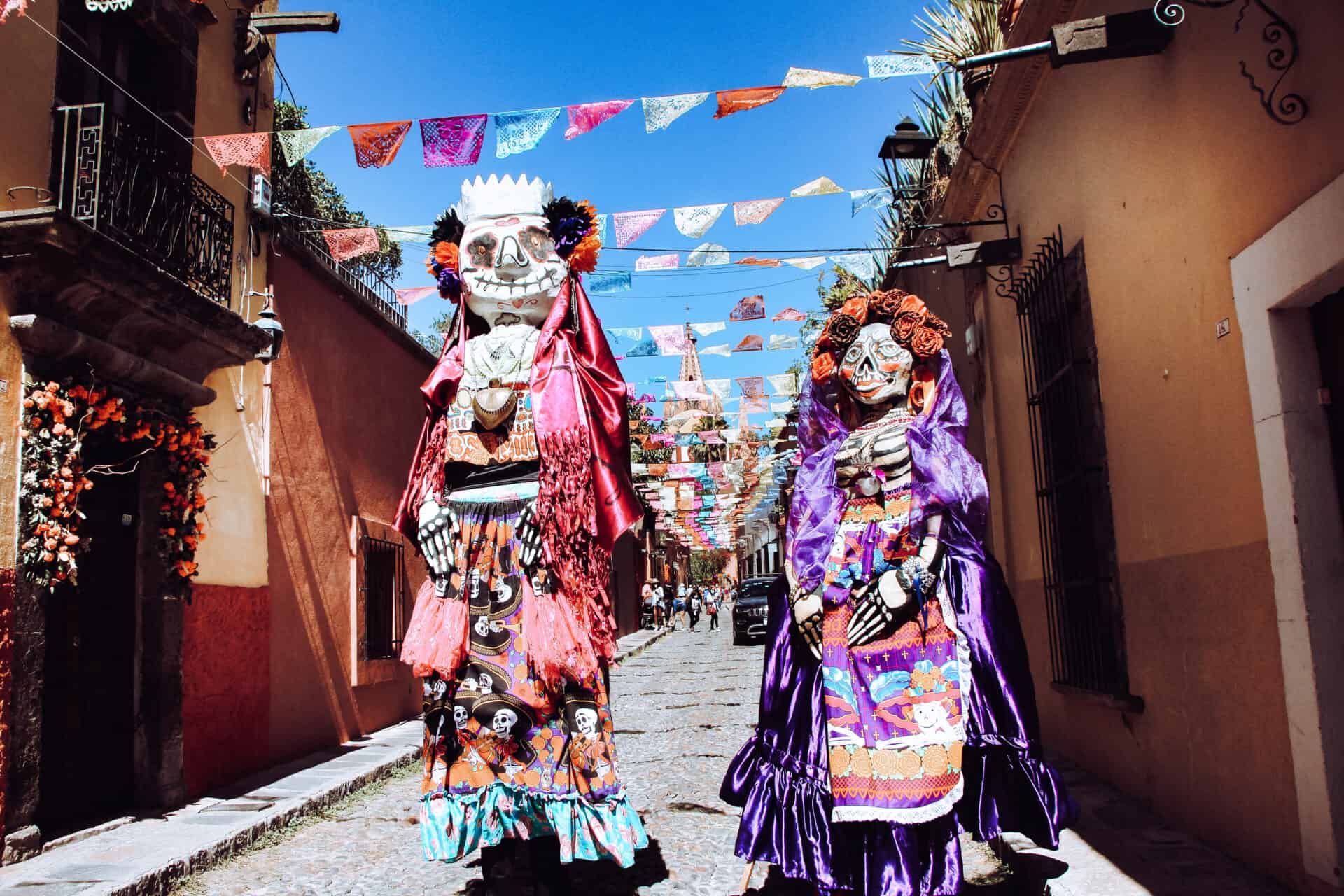
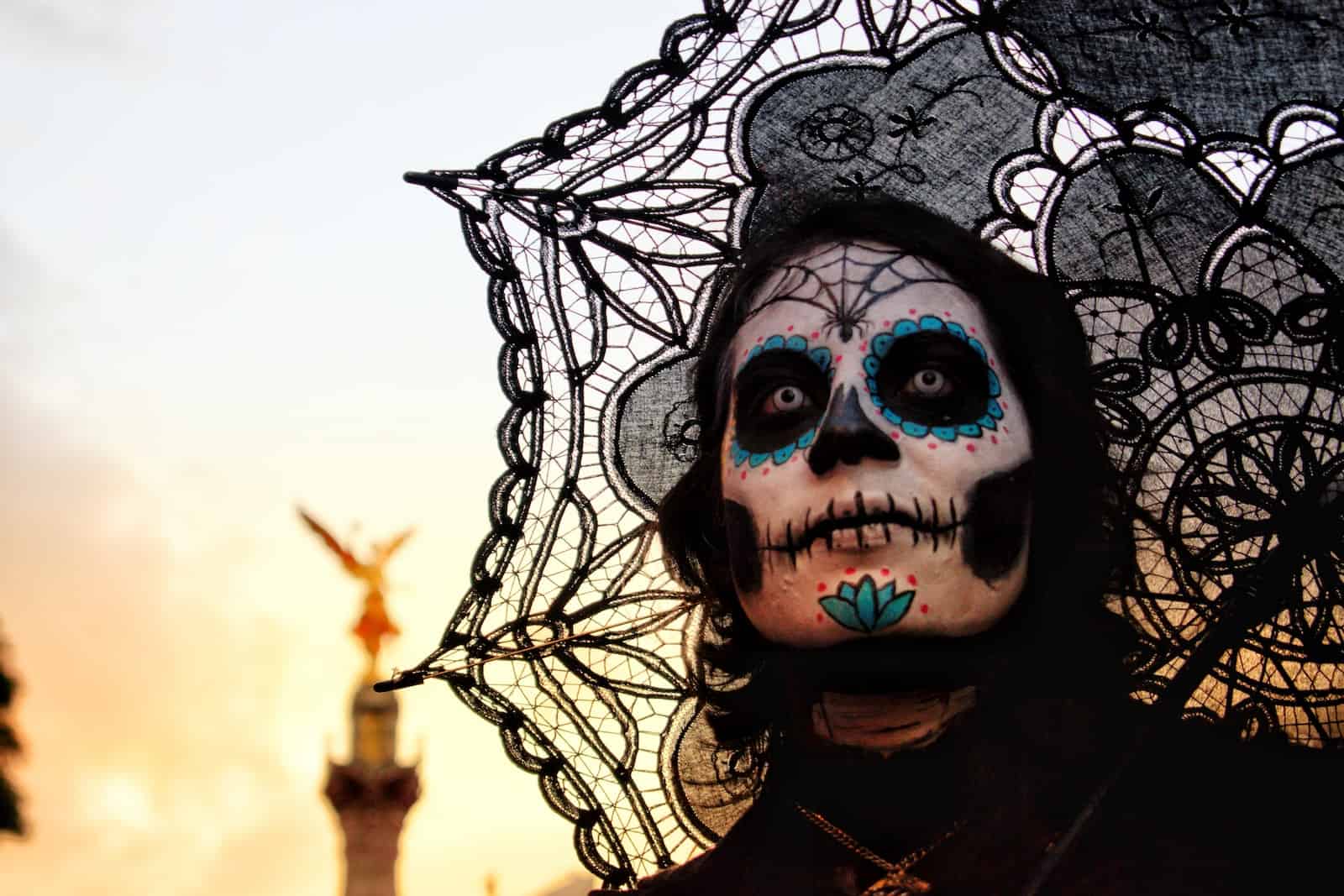
When Is Day of the Dead?
Day of the Dead itself is always celebrated on November 2nd. On the Catholic liturgical calendar, All Souls Day is always November 2nd and All Saints Day is always November 1st.
Day of the Dead is a culturally fused expression of these celebrations. As a result, many households and cities celebrate Day of the Dead from October 31st through November 2nd.
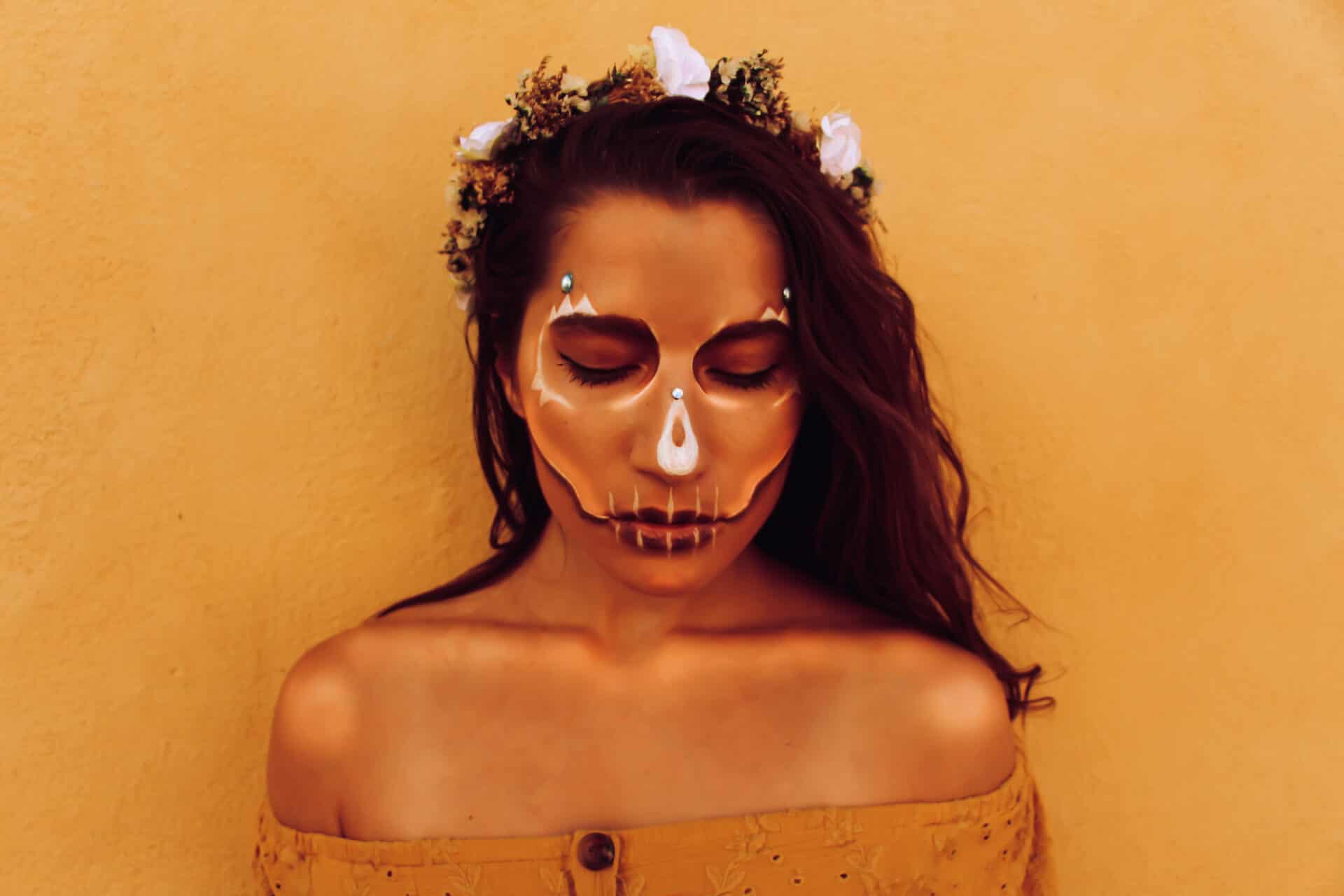
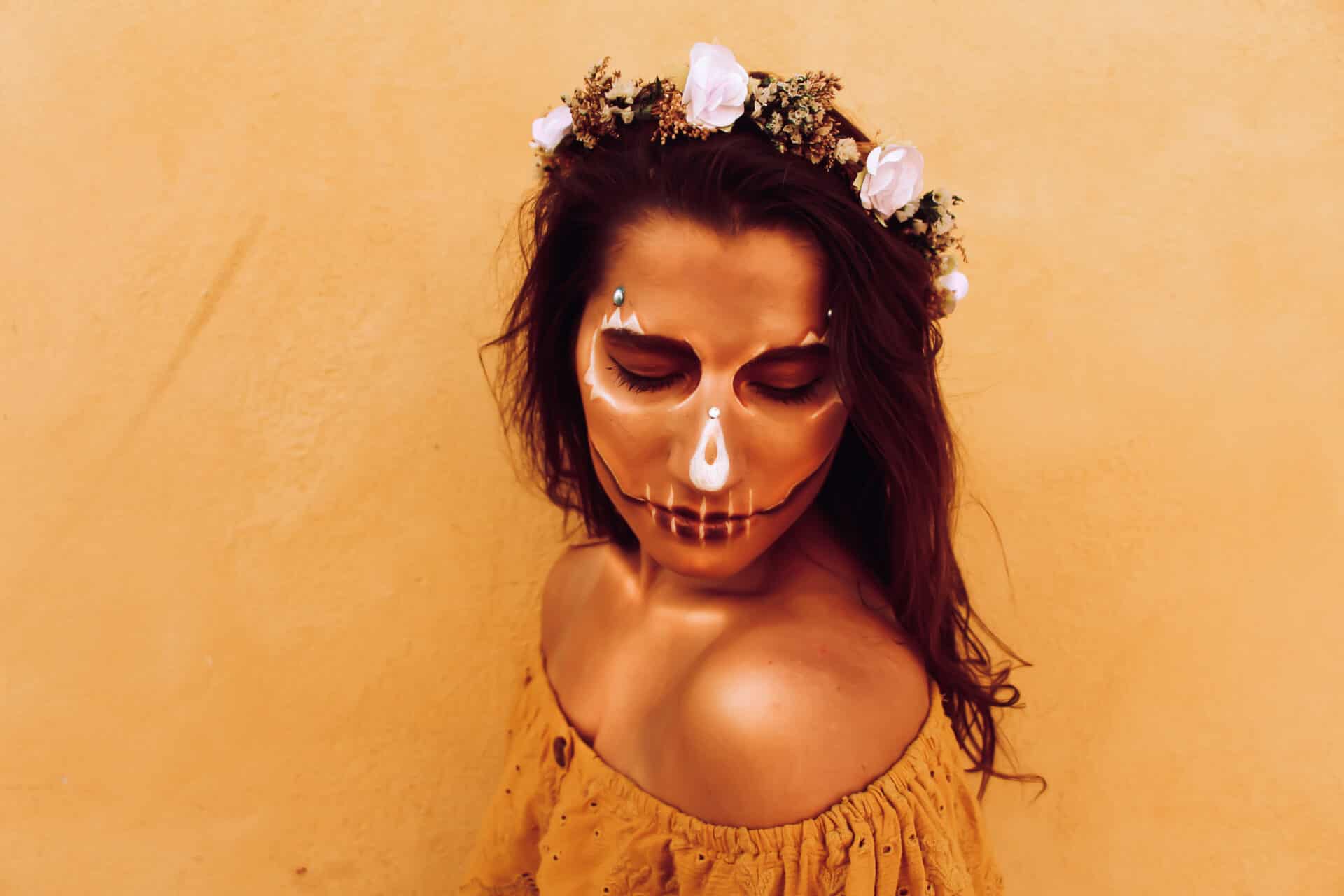
While the celebrations may range anywhere from one to three days, most places celebrate just on November 1st and November 2nd. These two days also coincide perfectly with the Catholic liturgical calendar.
November 1st is usually celebrated as Dia de los Angelitos, or Day of the Little Angels, and families remember the spirits of all deceased children. The late night and early morning leading into November 2nd is usually celebrated as Dia de los Difuntos, or Day of the Deceased, and families remember any adults that have passed away. The daytime of November 2nd is then celebrated as Dia de los Muertos, or Day of the Dead, where all deceased people from across the generations are remembered.
Where Is the Best Place to Travel for Day of the Dead?
Mexico is the home of Día de Muertos, and there is no better country to travel to to celebrate it. All of the best places to go to celebrate Day of the Dead are in Mexico, ranging from big cities like Guadalajara to small towns in the state of Michoacán.
From the bustling capital of Mexico City to a small town in the mountains of Guanajuato, there are vibrant celebrations that you can participate in all over the country. If you can’t make it to Mexico, the next best option is actually the United States, whose Mexican communities often have major celebrations in big cities all around the country.
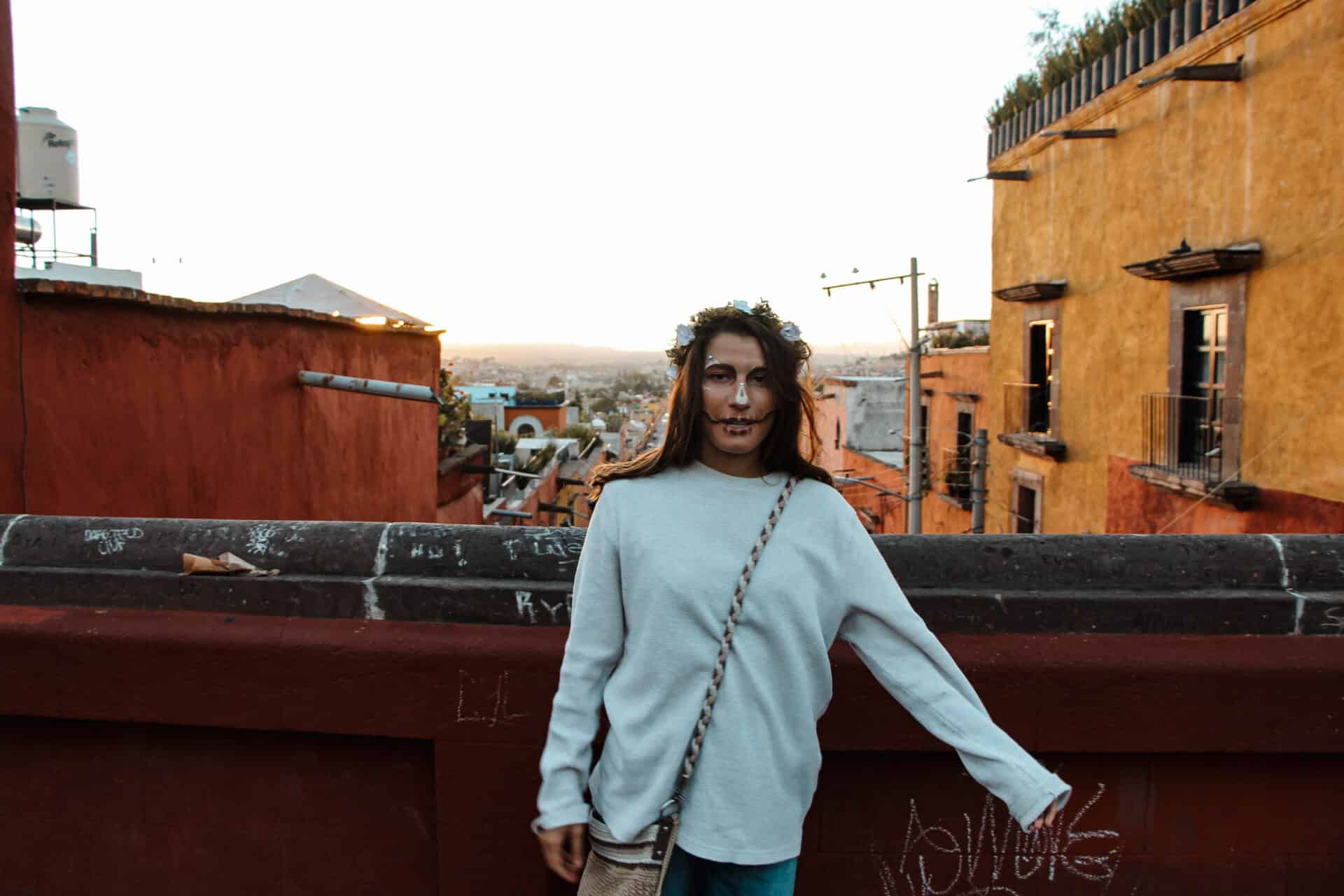
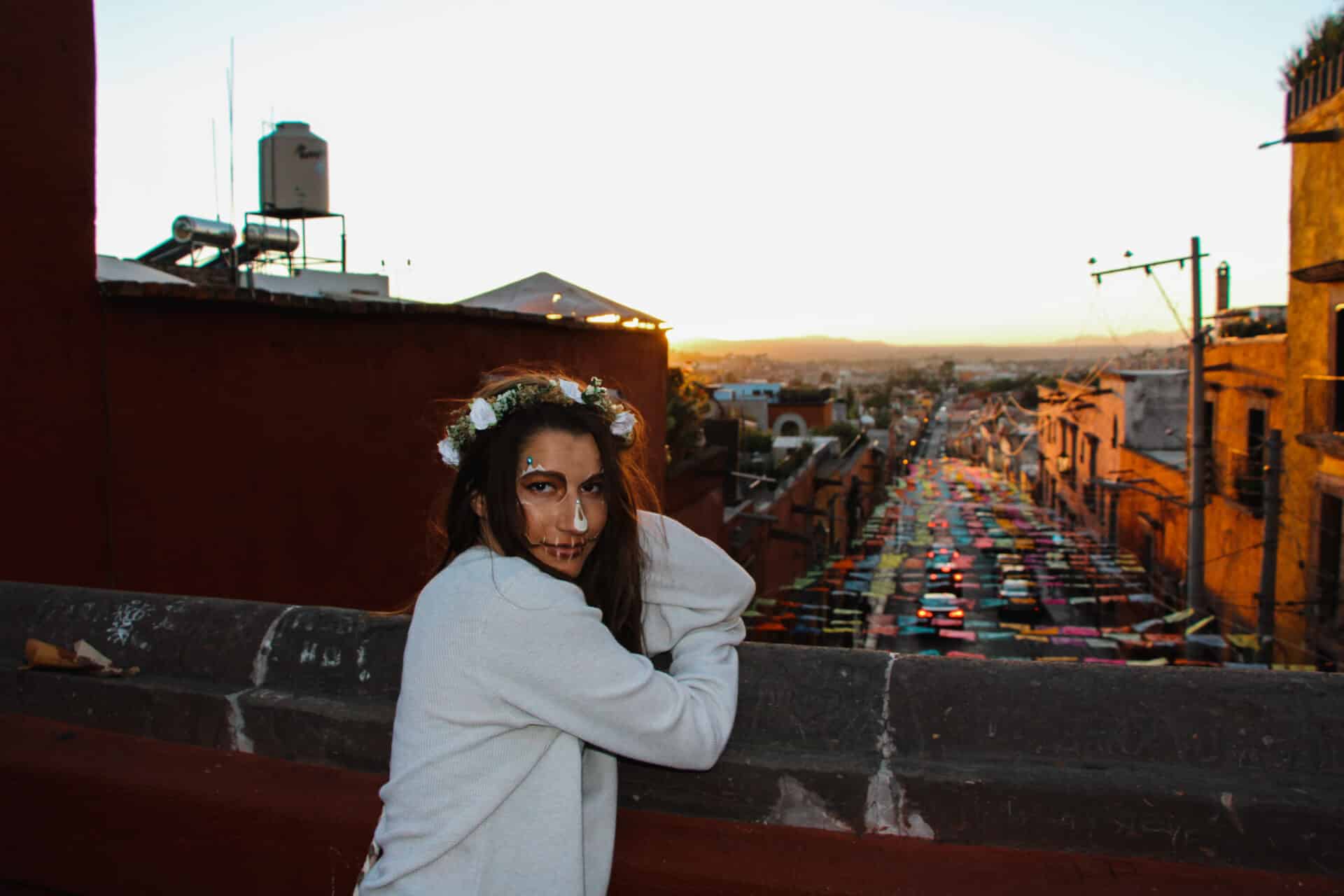
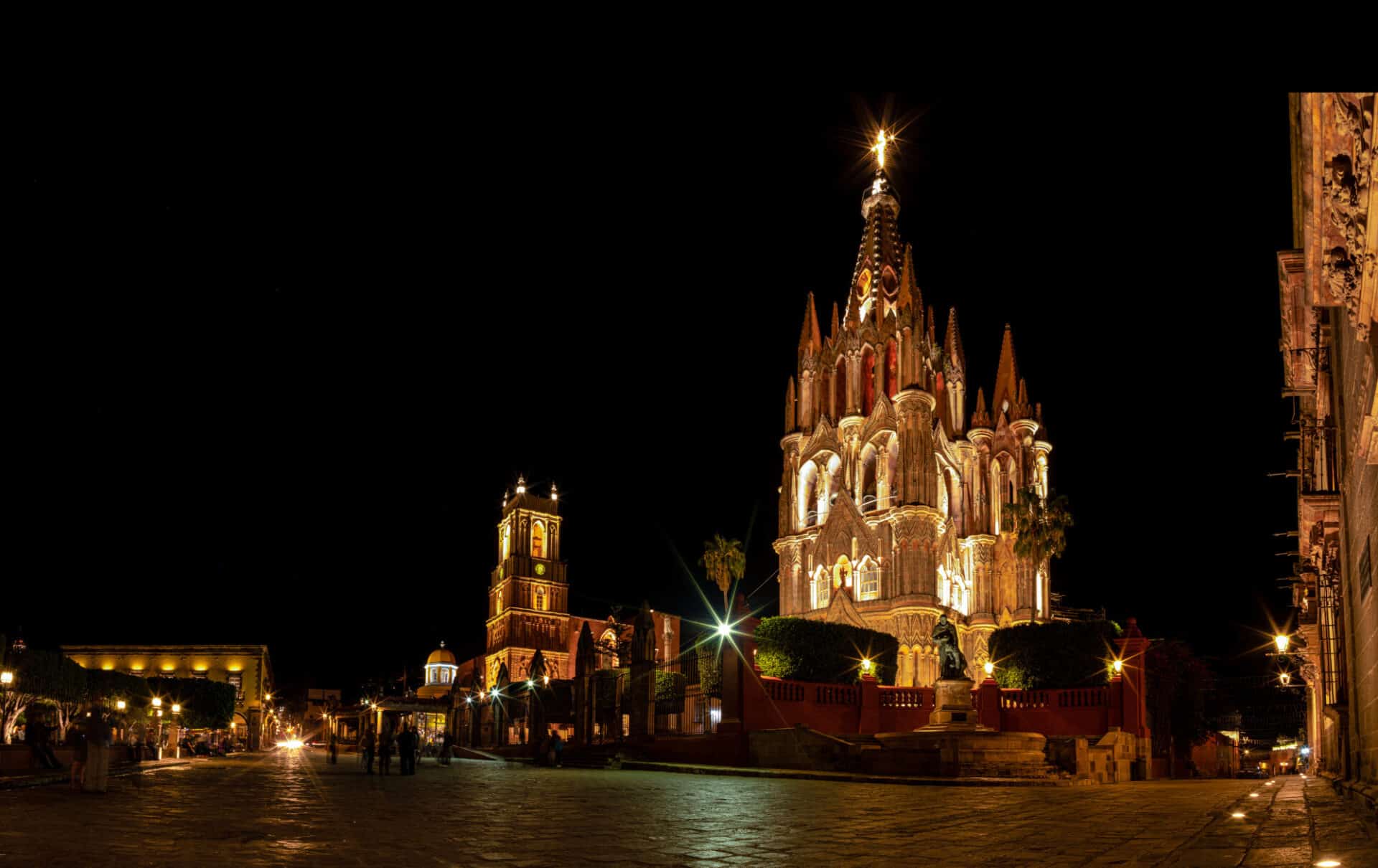
Is Day of the Dead Family Friendly?
Day of the Dead is one of the most family friendly celebrations in the world! After all, it is a holiday designed explicitly to remember deceased family members as they make their long journey back to the living world from the afterlife for one day.
The celebrations are absolutely safe for children, and some cities even run special programs for children throughout the festivities. As long as you don’t mind your children staying up past their bedtime, you have nothing to worry about! We especially enjoy the Dia de Muertos celebrations in San Miguel de Allende, where there is a really robust program of events and celebrations throughout the heart of the city.
Most Popular Day of the Dead Symbols and Traditions
There are a lot of ways that Mexican people celebrate Day of the Dead. If you visit Mexico during this time, there are few things you should look for:
- Papel Picado, which is brightly colored tissue paper cut into pretty banners. These are cut and hung all over the place in Mexico during the festivities.
- Calavera Catrina, or La Catrina, which is a female skeleton who is often depicted as the figure of Dia de los Muertos. She symbolizes both the circle of life and the inevitability of death. Many people paint their faces to look like a skull in the spirit of La Catrina.
- Ofrendas, or altars, which are dedicated to deceased relatives and friends. They are usually decorated with pictures of the deceased, as well as marigolds and some of the person’s favorite things.
- Monarch butterflies, which are often depicted in art or decoration. The ancient indigenous people believed that the monarch butterfly was the form people took as they made their long journey into the afterlife.
- Sugar skulls, which are brightly colored and painted skulls that are placed to represent a departed soul.
- Pan de Muerto, which is a special bread baked only at this time of the year. It is made with citrus and sugar, and the X and ball on the top symbolize a skull and crossbones.
If you were wondering what does Day of the Dead mean, hopefully this post helped! This Mexican holiday is one of the most recognizable cultural celebrations in the whole world, and attending Day of the Dead in Mexico is an incredible experience that any traveler can enjoy.
From the beautiful ofrendas to the delicious pan de muerto, there are so many ways that foreigners can spectate and revere this solemn Mexican tradition. If you plan on visiting, I highly recommend checking out this highly informative website.
If you have any questions about Day of the Dead, don’t hesitate to reach out. Send me an email at [email protected] or drop a comment below

